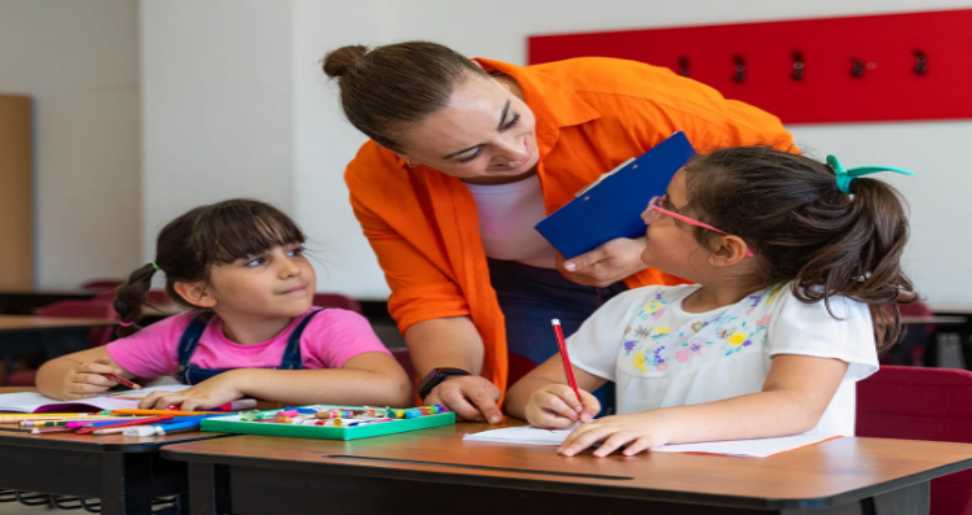Individualized Education Programs (IEPs) are critical components of the educational landscape, designed to meet the unique needs of students with disabilities. These programs ensure that each student receives a customized educational experience that addresses their specific challenges and fosters their academic, social, and emotional growth. This article delves into the intricacies of IEP specialized learning, highlighting its importance, components, and implementation strategies.
The Importance of IEP Specialized Learning
IEP specialized learning is essential for providing equitable education to students with disabilities. It recognizes that a one-size-fits-all approach to education does not work for everyone. By tailoring educational plans to individual needs, IEPs help students overcome barriers to learning and achieve their full potential.
Addressing Diverse Needs
Students with disabilities often have diverse and complex needs that require specialized instructional strategies, accommodations, and supports. IEPs are designed to address these needs by providing a comprehensive plan that outlines specific goals, services, and interventions. This personalized approach ensures that students receive the appropriate resources and support to thrive in their educational environment.
Promoting Inclusion and Equity
IEP specialized learning promotes inclusion and equity by ensuring that students with disabilities have access to the same educational opportunities as their peers. By providing individualized support, IEPs help students participate in general education classrooms and extracurricular activities, fostering a sense of belonging and community. This inclusive approach benefits all students by promoting diversity, empathy, and understanding.
Components of an IEP
An IEP is a detailed document that outlines the specific educational plan for a student with a disability. It includes several key components that work together to provide a comprehensive and effective learning experience.
Present Levels of Performance
The IEP begins with a thorough assessment of the student’s current academic, social, and emotional performance. This assessment provides a baseline for measuring progress and identifying areas of need. It includes input from teachers, parents, and other professionals involved in the student’s education.
Measurable Goals and Objectives
Based on the assessment, the IEP team develops measurable goals and objectives that the student will work towards over the course of the year. These goals are tailored to the student’s unique needs and are designed to be specific, achievable, and time-bound. They cover various areas, including academic skills, social skills, and behavior management.
Specialized Instruction and Services
To achieve the outlined goals, the IEP specifies the specialized instruction and services the student will receive. This may include individualized teaching strategies, assistive technology, speech therapy, occupational therapy, and other related services. The IEP also outlines the frequency, duration, and location of these services.
Accommodations and Modifications
Accommodations and modifications are critical components of an IEP, ensuring that the student can access the curriculum and participate in classroom activities. Accommodations may include changes to the learning environment, such as preferential seating or extended time for tests. Modifications involve altering the curriculum or expectations to match the student’s abilities, such as providing simplified instructions or alternative assignments.
Implementing IEP Specialized Learning
Effective implementation of iep specialized learning requires collaboration, consistency, and continuous monitoring. Several strategies can help ensure the successful execution of an IEP.
Collaboration and Communication
Collaboration among educators, parents, and related service providers is essential for implementing an IEP. Regular communication and team meetings help ensure that everyone involved understands the student’s goals, progress, and needs. This collaborative approach fosters a supportive and coordinated effort to meet the student’s educational objectives.
Consistent Monitoring and Assessment
Continuous monitoring and assessment are vital for measuring the student’s progress and making necessary adjustments to the IEP. Regular progress reports, data collection, and assessments help track the effectiveness of the specialized instruction and services. If the student is not making expected progress, the IEP team can reconvene to modify the plan and implement new strategies.
Professional Development for Educators
Providing ongoing professional development for educators is crucial for the successful implementation of IEP specialized learning. Training on differentiated instruction, behavior management, and specific disabilities equips teachers with the skills and knowledge needed to support students with diverse needs. This investment in professional development enhances the overall effectiveness of the IEP.
Conclusion
IEP specialized learning is a cornerstone of inclusive and equitable education for students with disabilities. By addressing each student’s unique needs through tailored instruction and support, IEPs empower students to reach their full potential. The collaborative efforts of educators, parents, and service providers, coupled with continuous monitoring and professional development, ensure that IEPs are effectively implemented and that students receive the high-quality education they deserve.
Have A Look :-
- Which Electrical Field Is Best?
- How To Pack Clothing Properly For Shipping?
- Understanding The Role of Crowd Noise in Sports

